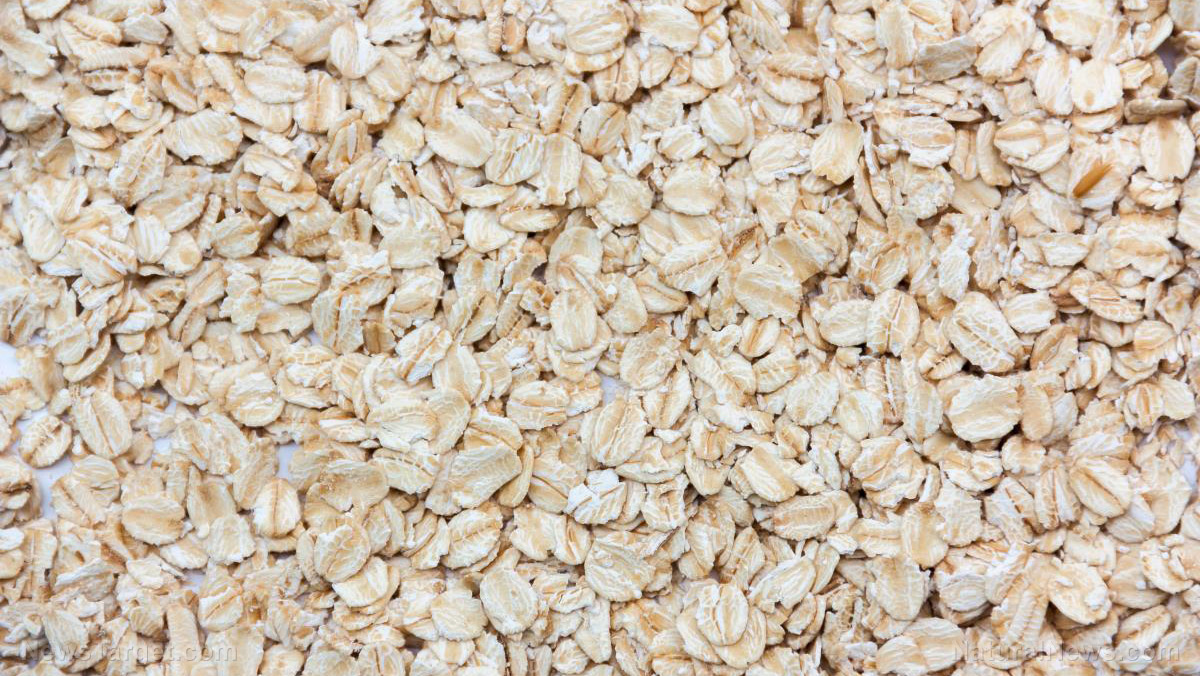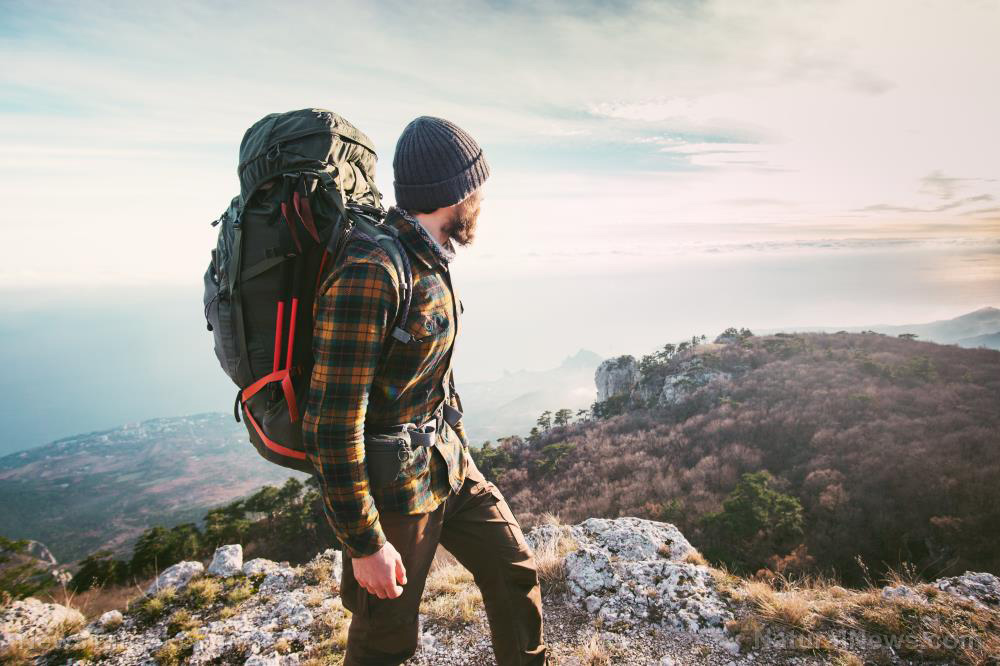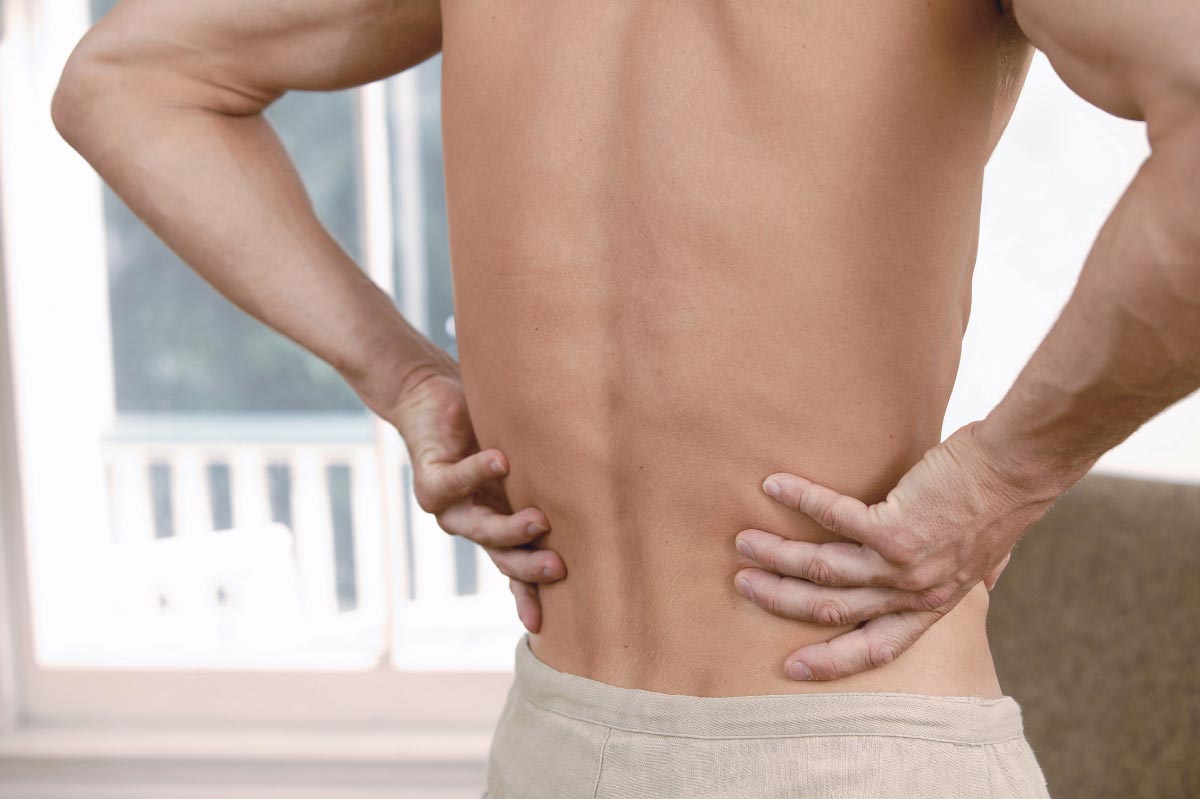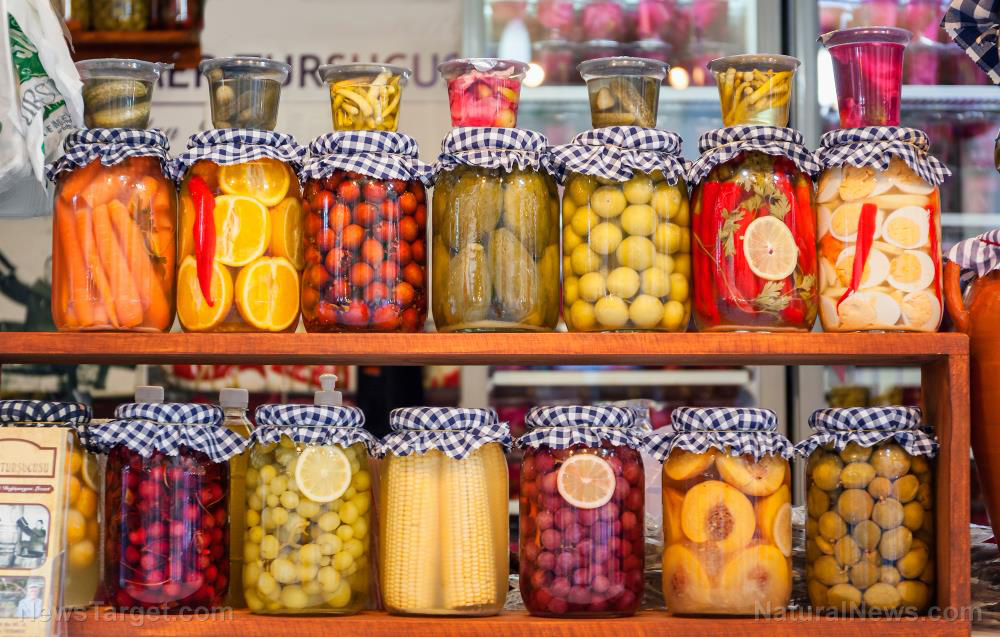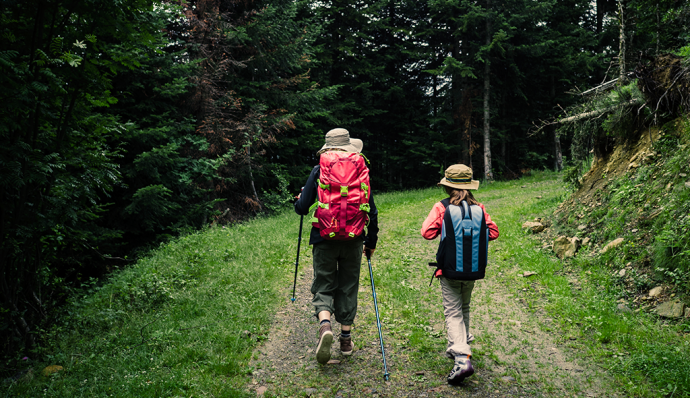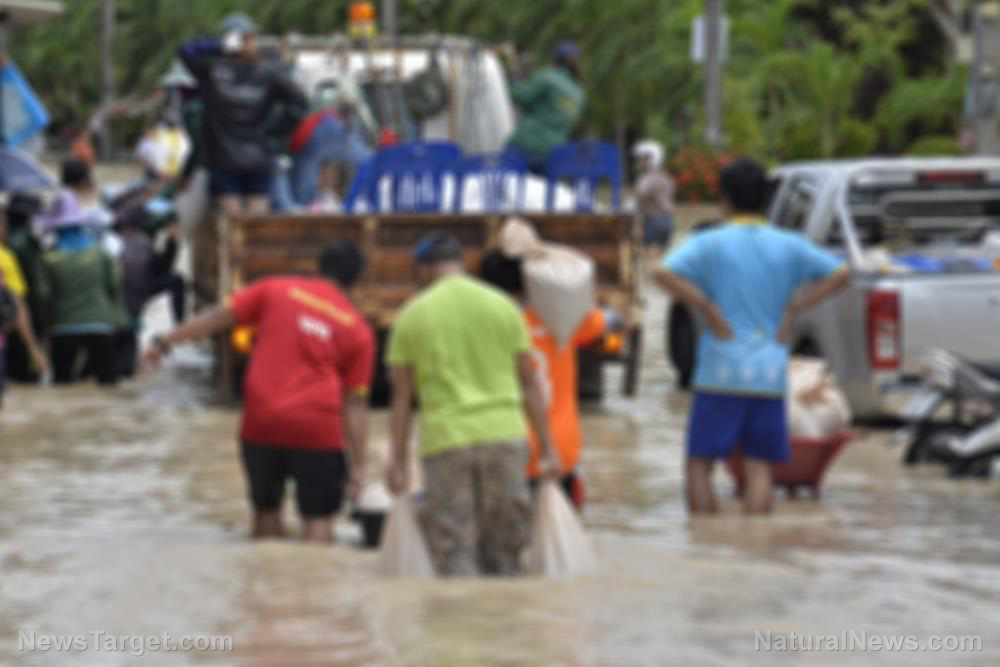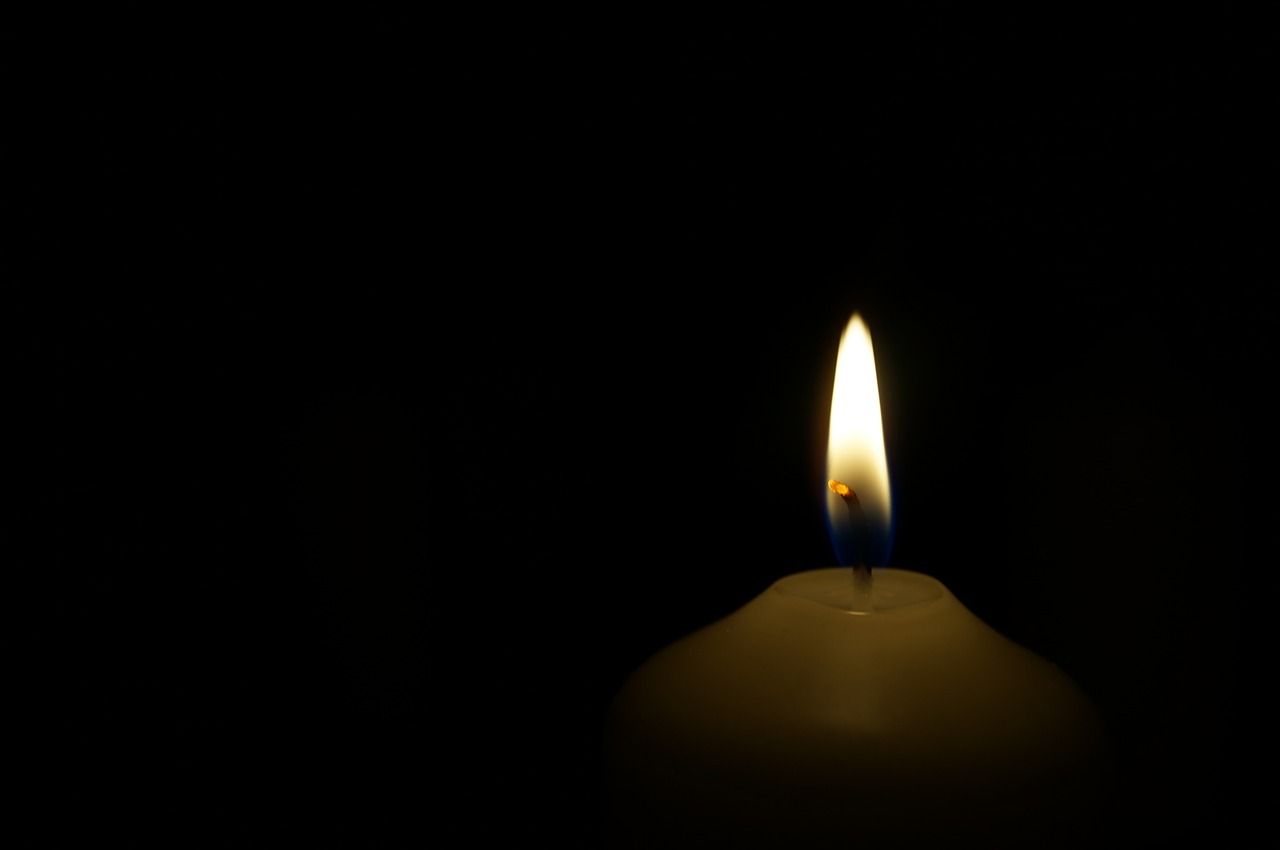Do you have these essential items in your survival fire starter kit?
05/13/2019 / By Zoey Sky
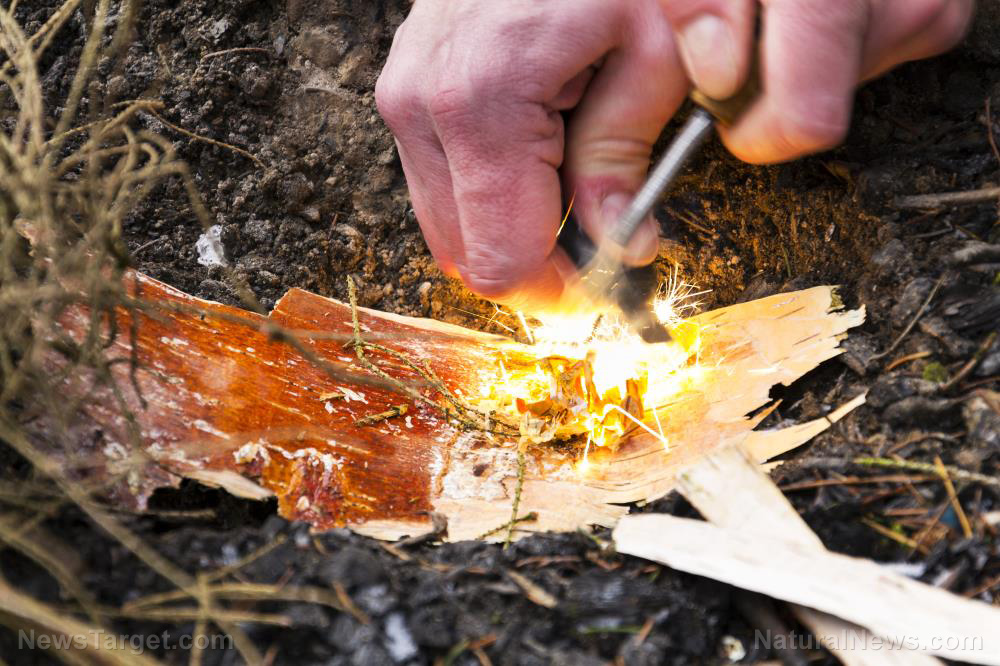
Whether you’re camping or bugging out, outdoor trips require a crucial item — a firestarting kit. A well-planned kit contains several ways to start a fire so you can stay warm and cook outdoors. (h/t to ModernSurvivalBlog.com)
Firestarting skills are essential to your survival, especially when SHTF. Ideally, you should know how to start a fire using very basic tools, like tinder and wood (e.g., a hand drill).
However, you can also make things easier for yourself by preparing kits that include more than one way to start a fire. The useful items included in the list below deserve a place in your firestarter kits.
Zippo lighter
Zippo lighters can stay lit longer than plastic lighters without melting. You can also leave it standing on a flat surface if you need both hands free for certain tasks.
Plastic lighters are useful, but you need to keep your thumb on the valve so it stays lit. If you keep lighters lit for too long, the plastic can melt. (Related: Prepping for the unexpected on the go: 10 must-haves for your glove box.)
BIC lighter
A BIC lighter isn’t 100 percent foolproof under all conditions, but it is the simplest and fastest way to start a fire. Keep one in your kits and in your pocket for everyday carry, just in case. The lighter will work better in cold weather if it was warm in your pocket.
“Strike Anywhere” matches
Use “Strike Anywhere” matches as a backup for your lighter. To make it easier to start a fire, bundle two or three matches together to strike a nice, big flame. Store the matches in a waterproof matchbox.
Ferro/Firesteel rod
A firesteel rod will produce a shower of sparks onto a pile of tinder when you firmly scrape down its edge with the metal striker that comes with it or your knife.
Magnesium firestarter
To use a magnesium firestarter, make a quarter-sized pile of magnesium shavings. Do this by using the scraper on the magnesium portion of the bar or a knife.
Prepare your tinder, then use the striker or knife edge to direct sparks from the flint onto the pile of shavings.
Firestarter squares
You can get different types of firestarter squares or pucks in various sizes. These firestarters are recycled wood chips blended with wax.
When lit, firestarter squares will burn for a while so you have enough time to get a fire going.
Fresnel lens or magnifying glass
Always keep a small, flexible Fresnel lens in your wallet. If the sun is shining, you can use the lens or a magnifying glass to start a fire.
Tea light candle
They may be small, but tea light candles can burn for several hours. You can also light them under wet conditions if you need a strong-burning consistent flame to get tinder or a pile of kindling burning.
Vaseline-coated cotton balls
As the name implies, this is made by smearing some Vaseline on cotton balls. These cotton balls can be used to light a fire easily.
Store the cotton balls in a small plastic bag or a resealable container so prevent the Vaseline from getting all over your gear.
Fatwood
Fatwood is harvested from the stumps of pine trees with a high concentration of natural resin. Fatwood burns well. You can either buy fatwood or learn how to find it for yourself.
Fatwood can be found in most forests and wooded areas with pine trees. This dense wood is full of pine resin that makes it hard, fragrant, and rot-resistant. The pine resin contains terpenes, a flammable hydrocarbon that is the precursor to turpentine. Terpenes make fatwood ignite and burn well.
To harvest fatwood, try to find upright stumps of fallen pine trees that have a higher density of the firestarter. Use an ax or knife to shave off the outer bark and reveal the fatwood.
You can identify fatwood by looking for darker portions within the stump. Smell the wood to confirm the presence of fragrant resin, then chop off as much fatwood as you need.
Road flare, the best firestarter
Road flares are larger than the other items in this list, but they’re one of the best firestarters to have in a pinch.
Where to keep firestarter kits
If you frequently go on outdoor trips, keep a firestarter kit in a waterproof container or a Ziploc bag and put it in the following bags:
- 72-hour kit/ Go Bag
- Boating emergency kit
- Bug-out bag (BOB)/Evacuation bag
- Car emergency kit
- Day pack for hiking
- Everyday Carry Kit (EDC), or at least a lighter
- Get home bag
- In your camping equipment
- When fishing or hunting outdoors
Before SHTF, prepare firestarting kits and store them in your gear so you have several methods of starting a fire.
Sources include:
Tagged Under: bug out, bug out bag, bugging out, bugout, candles, Collapse, disaster, EDC kit, EDC kit items, emergency preparedness, everyday carry kit, ferro rods, firestarter kits, firestarters, firestarting, Gear, lighters, matches, off grid, prepping, prepping tips, self sufficiency, self-reliance, SHTF, survival, survival gear, Survival Tips, survival tools, wilderness, wilderness survival

